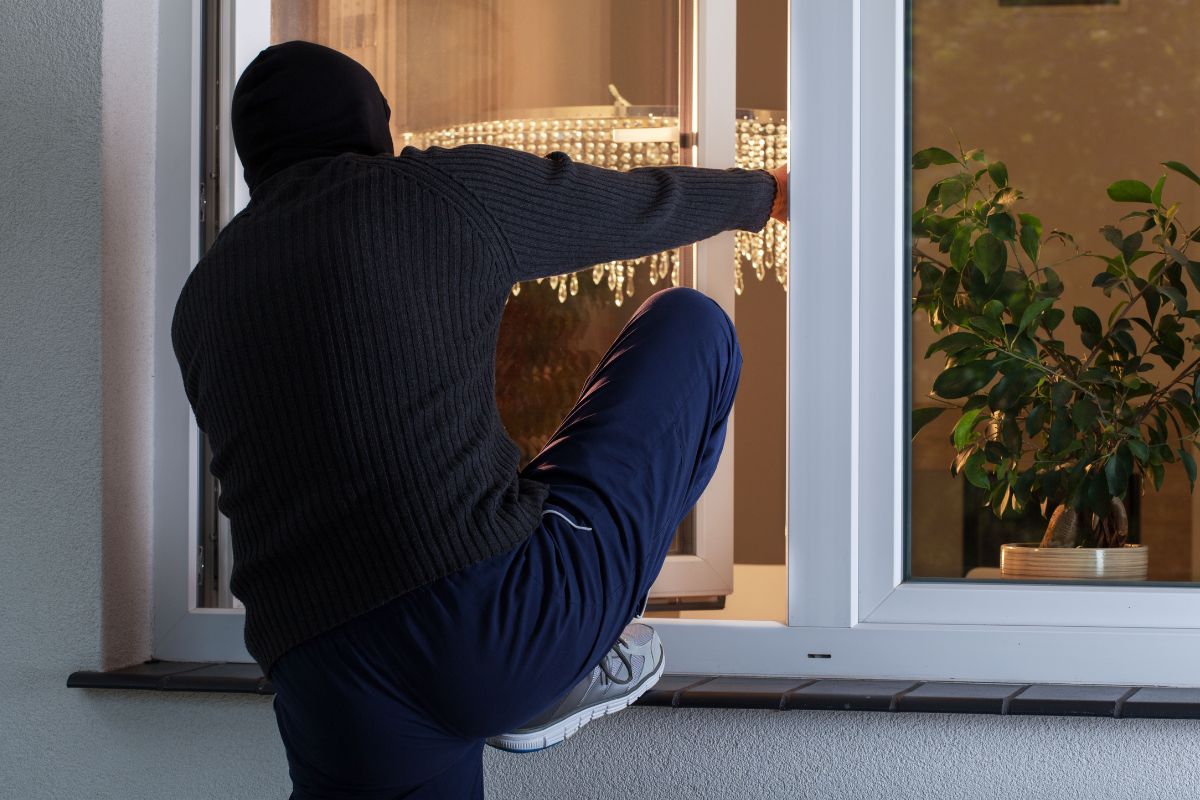Trespassing at night is a criminal offence in Canada, covered under s. 177 of the Criminal Code.
As the name suggests, trespassing at night involves standing around, walking through, or otherwise loitering on another person’s property at night. However, the offence is not necessarily as simple as that. The Criminal Code provision states that the offence is for people who ‘loiter’ or ‘prowl’ at night on the property of another person. While loitering and prowling both generally tend to have more negative connotations, loitering in this context just means standing or hanging around purposelessly. You do not necessarily have to have bad intentions in order to fit the elements of this offence.
Likewise, while most people would consider ‘night’ to be from dusk to dawn, for the purposes of this offence, night is defined as the period between 9:00pm and 6:00am the next day (see s. 2 of the Criminal Code). This applies despite the fact that in Canada, it can often be dark before 9pm or light before 6am.
Examples
Some examples of trespassing at night might include the following:
- Hiding in someone’s backyard to spy on them (which may overlap with offences like voyeurism)
- Mistakenly entering onto someone else’s property; if this involves entering a residence, it could engage unlawfully in a dwelling (s. 349)
- Hanging out in a person’s backyard after they’ve asked you to leave
Defences
Depending on the circumstances, there are several defences to a trespassing at night charge.
They might include some of the following:
- Charter defences
- Lawful excuse
- Not near a dwelling-house
- Not at night
Punishment
The offence of trespassing at night is punishable by summary conviction in Canada. This is less serious than an indictable offence but can still carry with it important consequences. The maximum sentence for a summary conviction offence is two years less a day in prison or a fine of up to $5,000. Generally, the circumstances of the offence will determine the punishment sought by the Crown prosecutor.
However, even beyond the potential prison/fine, a conviction for trespassing at night can carry with it significant consequences. Most importantly, you could have a criminal record, which can impact you for the rest of your life. It may come up on background checks or limit your ability to gain employment in the future.
If you have been charged with trespassing at night, or fear that you might be, the best course of action is to contact an experienced criminal defence lawyer immediately and get legal advice. You can book a free consultation with Strategic Criminal Defence online or over the phone to get free legal advice.
Overview of the Offence
S. 177 of the Criminal Code states the following:
Trespassing at night
177 Every person who, without lawful excuse, loiters or prowls at night on the property of another person near a dwelling-house situated on that property is guilty of an offence punishable on summary conviction.
Remember that in any criminal prosecution, the Crown bears the burden of proof. This means that it falls to the Crown to prove, beyond a reasonable doubt, that you committed the offence in question. To do so, the Crown must prove the components of the offence:
- That the accused ‘loitered’ or ‘prowled’ on another person’s property;
- The alleged behaviour took place at night (between 9pm and 6am);
- There was no lawful excuse;
- The trespassing took place near a dwelling-house;
- The property belonged to another person.
Defences
The defences available to a person charged with trespassing at night will vary depending on the facts alleged by the charge. Nevertheless, there are several defences that may come up with regularity in a trespassing at night charge:
Charter Defences
If the police violated your Charter rights during your arrest or during the investigation, you may be able to ask to have certain evidence excluded as a result. However, Charter jurisprudence can be quite complicated. If you feel your Charter rights were violated, you should contact a criminal defence lawyer for advice.
Lawful excuse
S. 177 notably creates an exception for people who trespass with a ‘lawful excuse.’ In most examples, this will be permission from the owner. This often comes up when a person is given permission to come onto the property for a specific purpose, but stays beyond that purpose, or is given permission but then that permission is later revoked.
Not a dwelling-house
S. 177 also states that the trespassing must take place near a dwelling-house. This could come up in scenarios where a person is trespassing on a larger property, such as a homestead or a farm. If the person is on the farm, but not near the dwelling-house, they may be charged with other trespassing offences, but likely not trespassing at night.
Not at night
As alluded to above, the Criminal Code defines night as 9 pm to 6 am. This could mean that despite trespassing on someone’s property while it is dark, you may not necessarily have done the trespassing ‘at night.’ This can be a double-edged sword, however; you may enter someone’s property while it is light out, but it could still meet the definition of night under the Criminal Code. Nevertheless, time is very important.
Punishment
As outlined above, trespassing at night is an offence punishable by summary conviction in Canada. This means that the maximum punishment is two years less a day in prison, or a fine up to $5,000. Furthermore, there is no minimum punishment for trespassing at night defined in the Criminal Code. The jeopardy any one individual faces in their trespassing at night charge will be highly dependent on the circumstances of the (alleged) charge.
Nevertheless, there are significant potential consequences not including the fine or prison term stated above. There may be a victim fine surcharge imposed, which can further increase the total fine amount. You may also face having a criminal record. This can be a hugely negative consequence, as it can impact background checks, your ability to work or volunteer in certain sectors, and can mean you will face more serious consequences for future criminal charges.
It is also important to note that if the alleged trespassing at night is related to a SOIRA (Sex Offender Information Registration Act) offence, you may face as an additional penalty a SOIRA order.








